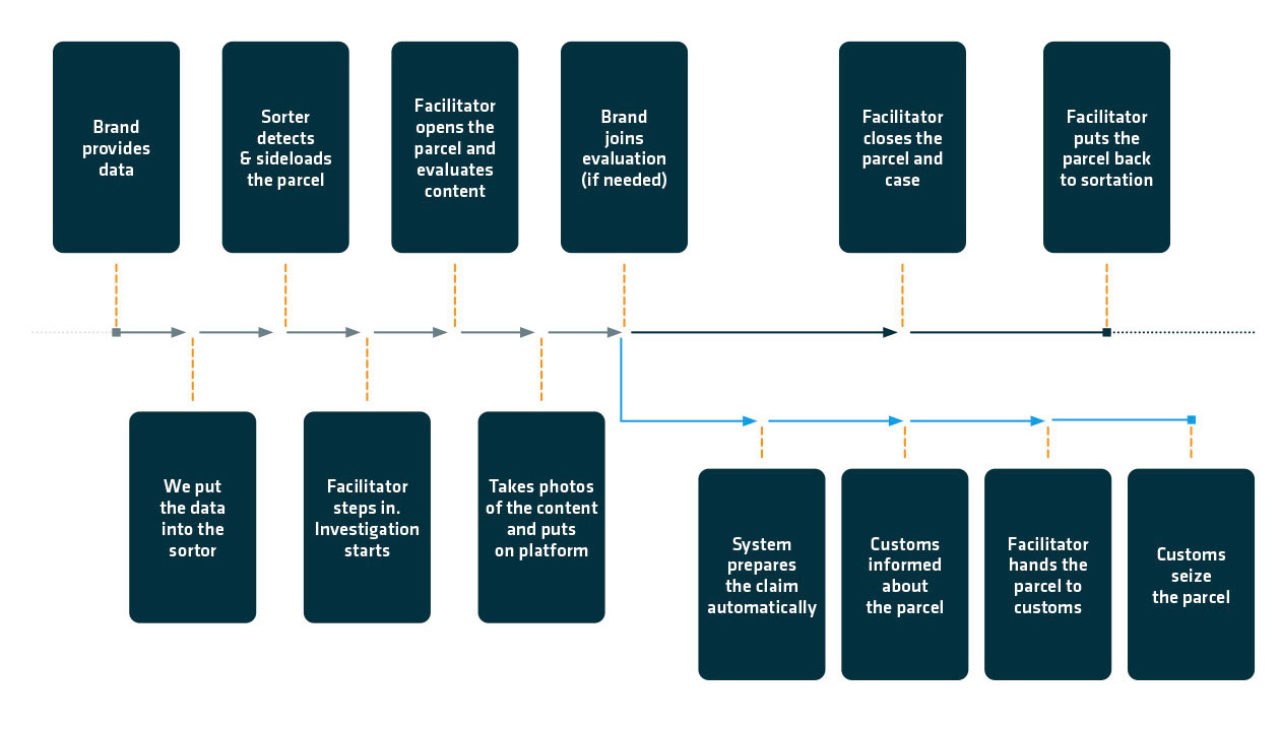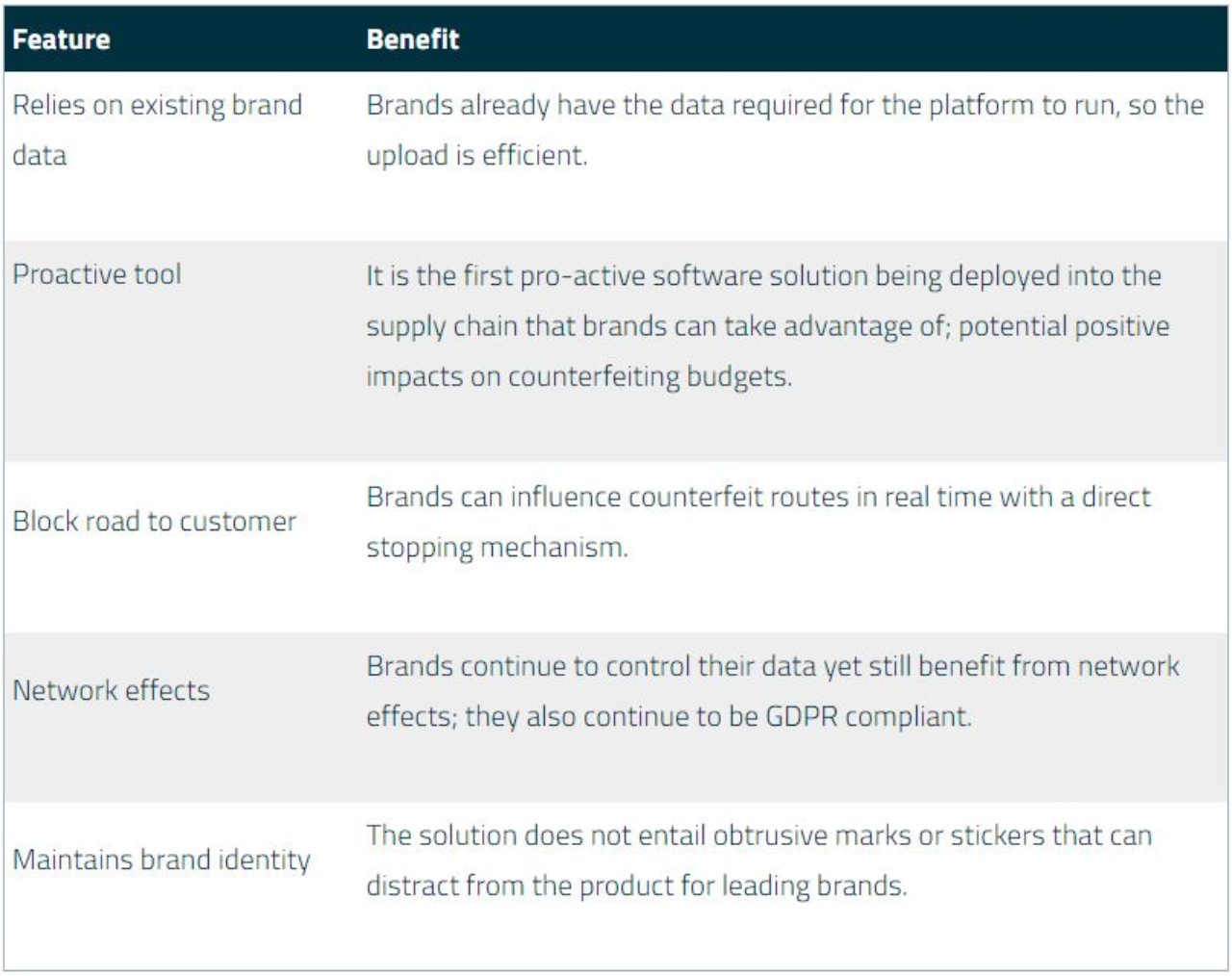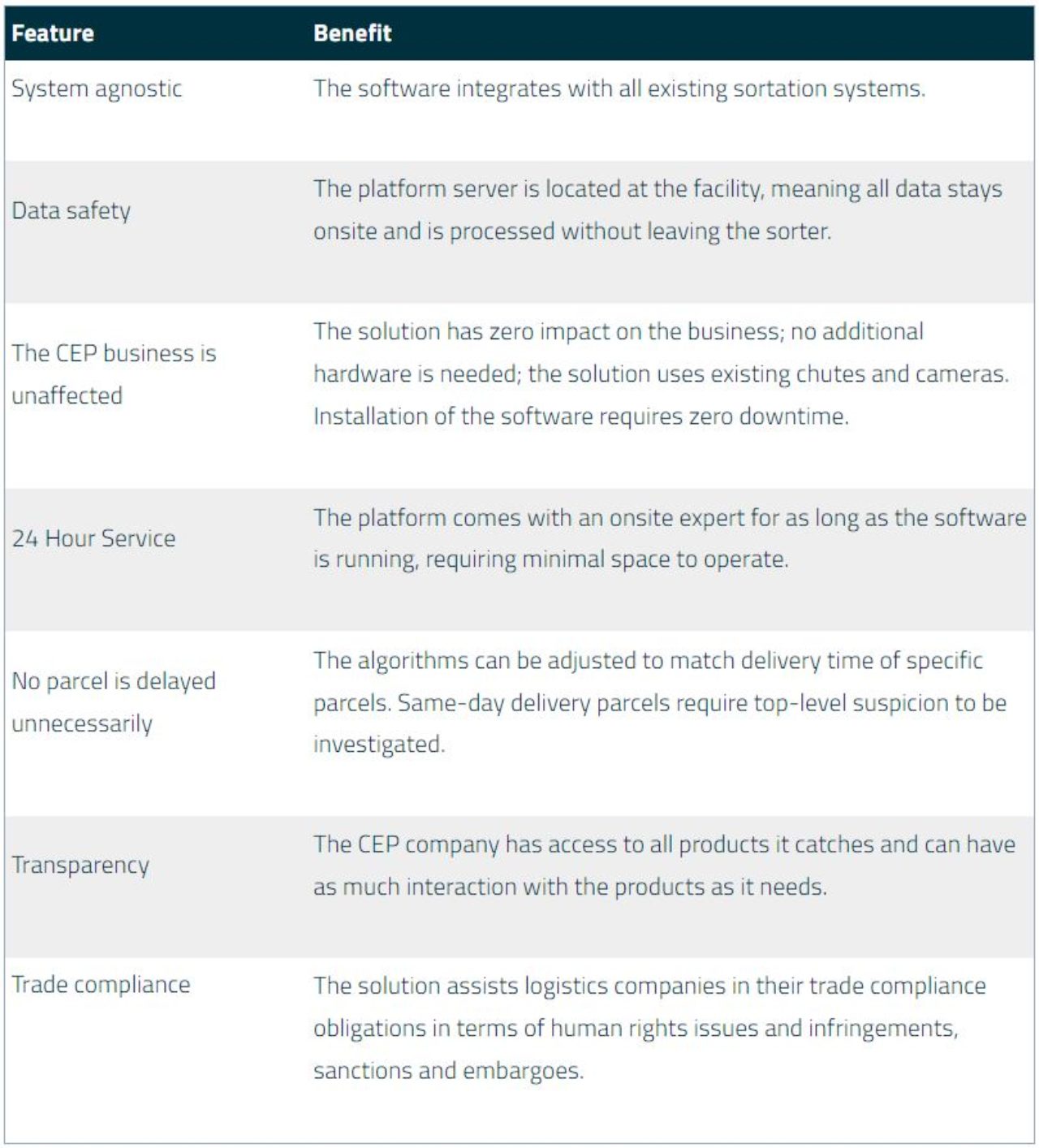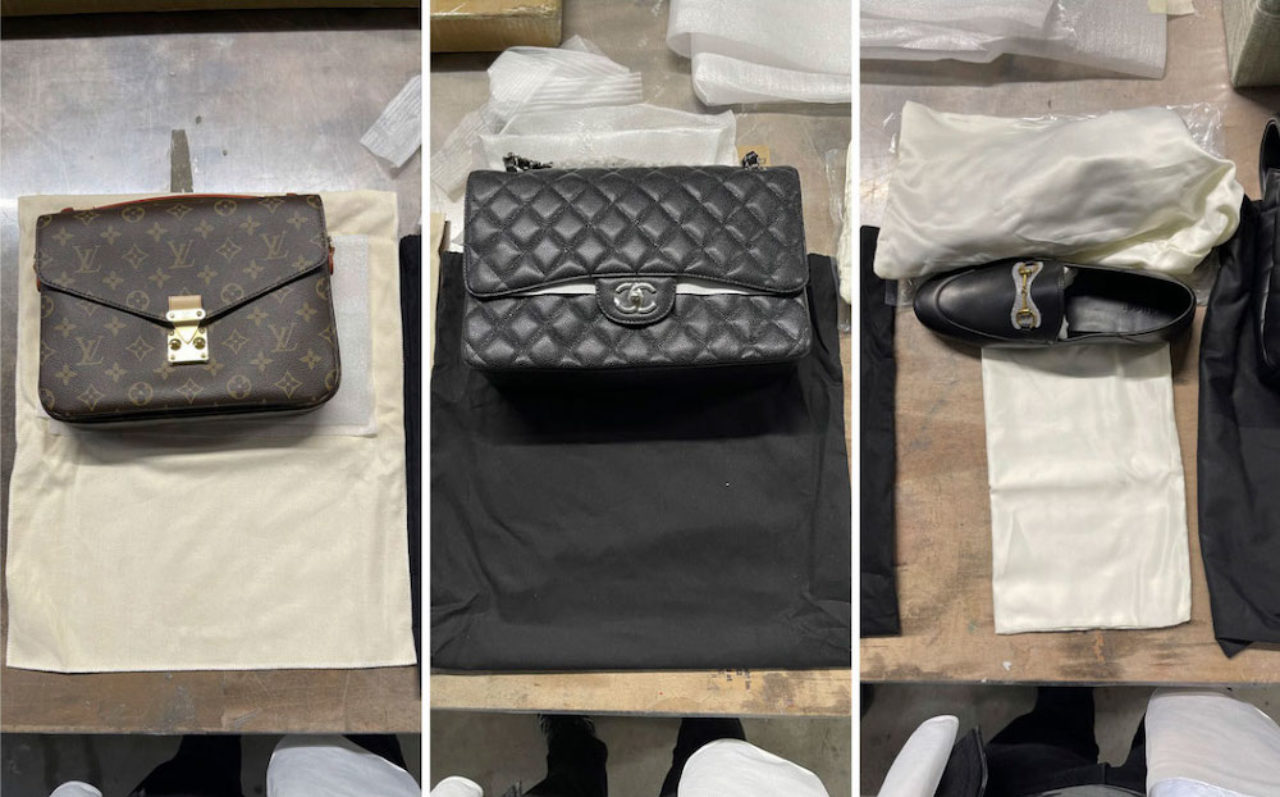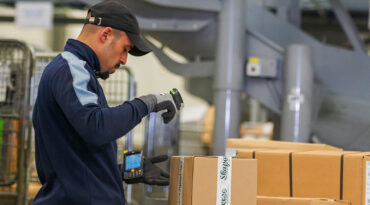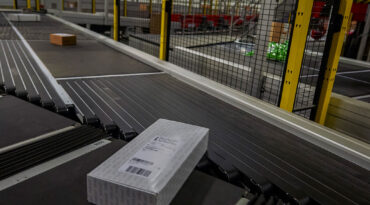By BEUMER Group
That’s all become possible with the development of new technology that identifies and processes counterfeit goods at the point of sortation in a CEP business.
We look at the problem of counterfeit goods, why the issue is becoming increasingly problematic for the CEP sector and the software solution addressing the problem.
The problem of rising counterfeit goods
If there’s one thing we know about the trade in counterfeit goods, it’s that it continues to grow at alarming rates.
The alarming scale of the problem
In 2016, trade in counterfeit and pirated goods amounted to as much as 3.3% of world trade (to put that in perspective, that’s roughly equivalent to the GDP of Sweden or Belgium), and up to 6.8% of goods imported into Europe.
The problem impacts a growing number of industries, from common consumer goods, to luxury items, to B2B products and IT goods.
Parcels easily avoid detection as enforcement authorities are unable to cope with the volume of fakes and there is no authority after customs to check and counter goods. And despite dedicating big budgets to stop counterfeits, brands are losing the fight with miniscule percentages of illicit goods being caught.
CEP companies are being viewed as part of the problem
The dramatic increase in online purchasing and small parcel shipments has exacerbated the problem and according to the OECD and the European Union Intellectual Property Office, there is quantitative evidence that small parcels are being misappropriated to transit counterfeit goods across global markets either through postal or express services.
With global trade authorities identifying the role of the sector in the conveyance of counterfeit goods, it’s clear the issue is becoming problematic for the CEP industry.
The possibility that CEP companies could be held liable as ‘intermediaries’ in handling counterfeit goods in the future is not the only problem; it’s simply bad for business. Handling counterfeit goods is harmful to the customers they work with and brands are increasingly looking to CEP companies for solutions.
It’s timely therefore for CEP companies to step in, help their customers prevent the trade and create new value while doing so.
Development of a new kind of KYC software solution
It is for this reason that Berlin-based company, Countercheck, has developed a know-your-customer (KYC) software service to help the fight against counterfeits. The technology, a machine learning software developed to identify and process counterfeit goods at the point of sortation, is currently being piloted in CEP companies.
The nuts and bolts of how it works
The solution brings the CEP company and its customer brands together in one platform through a layer of software. Brands upload their existing counterfeit data to the platform and through OCR camera technology, the software is able to cross-reference the data with every parcel travelling through sortation.

